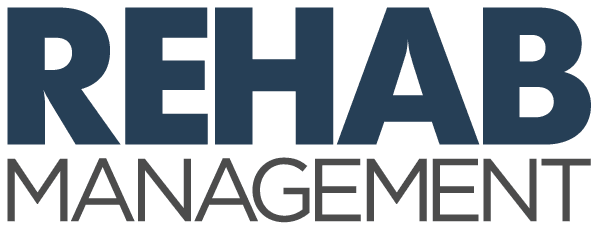08-03-2006
Founded in 1974, Thought Technology Ltd, Montreal, was designed to devise instrumentation for stroke rehabilitation and other medical conditions. Then founders Lawrence Klein and Hal Myers, both sports enthusiasts, realized their technology biofeedback could also be applied to athletics.
For months prior to the most recent World Cup games, four Italian national team soccer players took advantage of Thought Technologys equipment namely the ProComp device, which measures brain waves, muscle tension, breathing, and heart rate to help mentally prepare themselves for moments under intense pressure during the tournament in Germany which the Italian team won after defeating France 5-3 in penalty kicks. Alberto Gilardino, Aleesandro Nesta, Andrea Pirlo, and Gennaro Gattuso were trained by Bruno De Michelis, the head of sport science for the team AC Milan, to focus and concentrate on their peak performance, Klein told The (Montreal) Gazette.
Biofeedback, a learning process in which people are taught to improve their health and performance by observing signals generated by their own bodies, is a scientifically based and validated technology, according to the companys Web site. Biofeedback describes laboratory procedures that trained research subjects to alter their brain activity, blood pressure, muscle tension, heart rate, and other physiological responses thought to have been beyond voluntary control. Physical changes associated with biofeedback include relaxation and improved motor control.
Biofeedback, a non-invasive therapy, uses sensors to provide readings to a meter or computer for the patient to see. For example, the electromyogram (EMG) picks up electrical signals from the muscles. It translates the signals into a detectable form, such as a beep or flashing light, every time the muscles increase in tension. The goal is to eliminate the beeping or flashing by relaxing the tense muscles.
These devices are just tools to train better mentally, De Michelis told The Gazette. Integrated training gives you the capacity to recover through relaxation, to practice better, to concentrate better, and to visualize in order to improve your skills.
[SOURCES: The (Montreal) Gazette, July 8, 2006; www.thoughttechnology.com]



